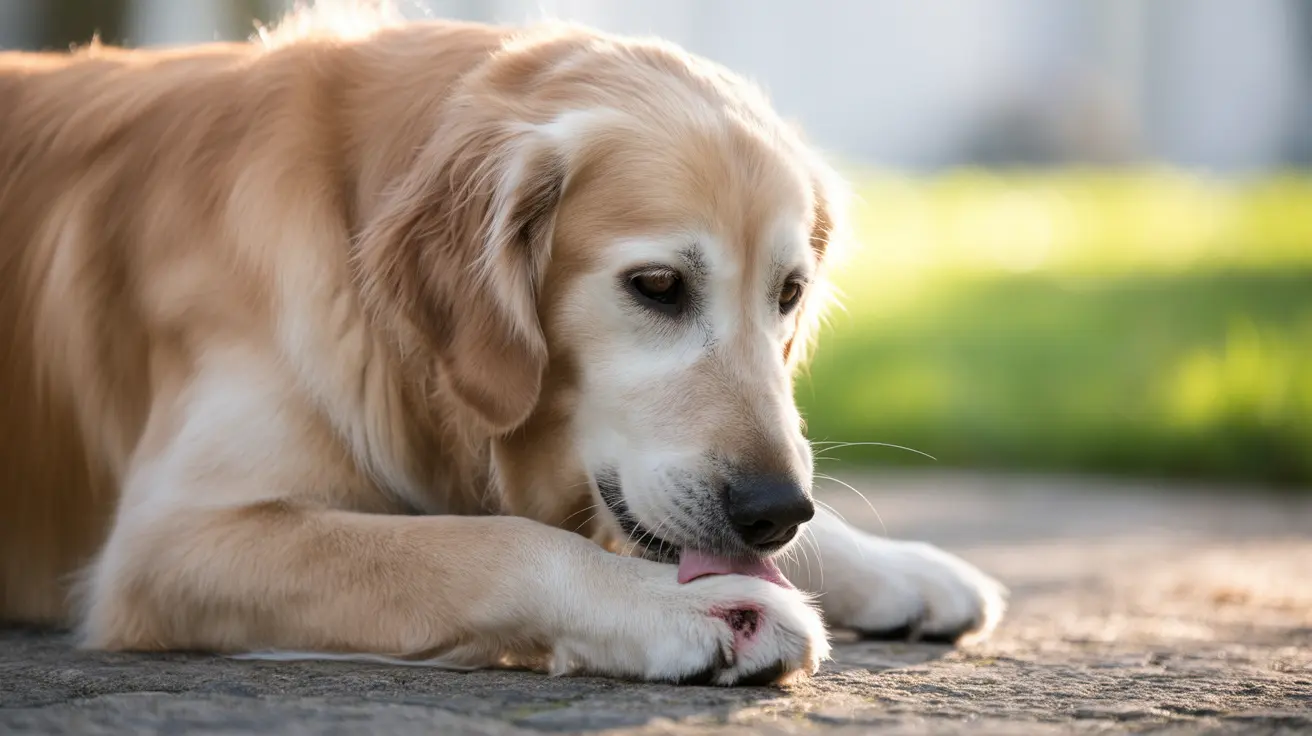Understanding Animal Wound-Licking Behavior
Animals have evolved various self-care behaviors over millennia, and wound licking is one of the most prominent examples. This natural instinct serves multiple purposes, from basic wound cleaning to potential antimicrobial effects. Dogs, like many mammals, exhibit this behavior as part of their inherent wound care routine.
Natural Wound Care in Animals
The animal saliva antimicrobial properties are well-documented, though perhaps not as miraculous as folklore might suggest. Dog saliva contains certain enzymes and growth factors that can assist in the initial cleaning of wounds and potentially support the early stages of healing.
The Risks of Pet Wound Licking
While can dogs lick wounds is a common question, veterinary experts emphasize the significant dog licking wounds infection risk. Despite the presence of some beneficial compounds, dog saliva also harbors numerous bacteria that can lead to complications:
- Risk of bacterial contamination
- Potential for deeper tissue damage
- Delayed healing due to excessive moisture
- Possibility of reopening healing wounds
Understanding Capnocytophaga and Other Risks
One particular concern is the presence of Capnocytophaga infection from dog saliva, which can pose serious risks, especially to humans with compromised immune systems. This emphasizes why professional wound care is crucial for both pets and their owners.
Professional Wound Care Approaches
Dog Wound Care Tips
To prevent dog licking wounds, veterinarians recommend several approaches:
- Use of properly fitted Elizabethan collars (e-collars)
- Application of veterinary-approved antiseptic solutions
- Regular monitoring of wound healing progress
- Professional veterinary assessment for serious injuries
Dog Cone for Wound Healing
While many pets may resist wearing a cone collar, it remains one of the most effective tools to ensure proper healing. Modern alternatives include soft cones and protective bodysuits that can provide similar benefits while potentially offering more comfort.
Frequently Asked Questions
Is it true that dog saliva can help heal wounds on pets or humans?
Dog saliva contains some antibacterial enzymes and growth factors that may aid minor wound cleaning and healing, but the benefits are limited and outweighed by risks of infection, especially in humans. Veterinary antiseptics and modern wound care are more effective.
Why do dogs lick their wounds, and is this behavior natural?
Dogs instinctively lick wounds as a self-care behavior to clean debris and soothe pain. This instinct evolved as a survival trait observed in many animals, but excessive licking can hinder healing.
How can I prevent my pet from licking its wounds and worsening the injury?
Veterinarians recommend using Elizabethan collars (cones), body suits, or bandages to prevent licking. Gentle cleaning of wounds with vet-approved antiseptics and monitoring are essential for proper healing.
Conclusion
While animal wound-licking behavior has fascinating evolutionary origins and some beneficial properties, modern veterinary medicine offers safer and more effective approaches to wound care. As responsible pet owners, it's essential to balance our understanding of natural behaviors with contemporary medical knowledge to ensure the best possible care for our four-legged family members.
Remember to always consult with your veterinarian for proper wound care guidance and never rely solely on natural healing methods when dealing with significant injuries or infections.






